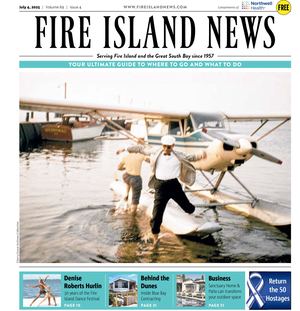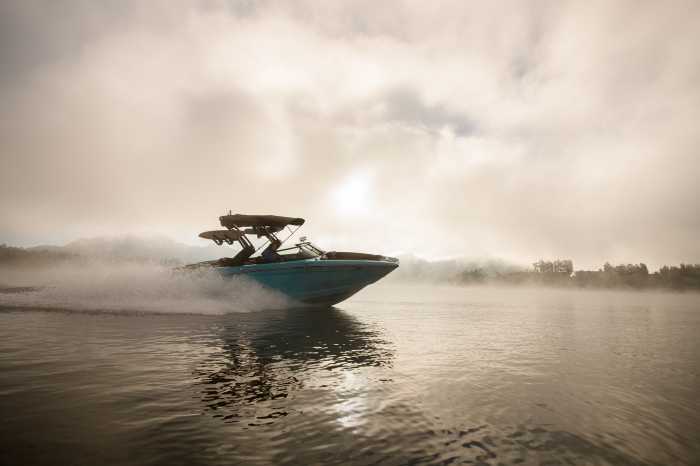
The long-awaited inspection of the wreckage of a World War II tanker off the coast of Long Island has been set to take place in upcoming weeks this summer. Although inspection of the “Coimbra SS” was originally anticipated to occur between June 19 and 27, the U.S. Coast Guard announced it would be pushed back to mid-July. Still, fishermen, environmentalists, and Long Island residents alike remain eager to learn more of the vessel’s environmental impact since its sinking in January of 1942.
A frigid early-morning voyage in the “Coimbra” from New Jersey to Nova Scotia would end abruptly with fatalities and substantial wreckage for Captain J.P. Bernard and his crew. After being torpedoed twice by German WWII submarine U-123, the British tanker burst into flames, splitting into three at the points of impact. The flames of the sinking vessel were visible across Long Island, as far as 27 miles from the site southeast of Shinnecock Bay. Of the 46 occupants of the tanker, 34 perished.
The “Coimbra” carried not only crew members, but also about 2.7 million gallons of lubricating oil. Now lying under approximately 180 feet of water and still in three pieces, many have concerns pertaining to the vessel’s heavy oil supply and the impact of its 75 years under water.
At both torpedo impact points, it has been assessed that oil tanks are open and empty.
The vessel has been identified by the thin stream of oil continuously trickling from its wreckage site. With a minuscule amount of investigation done on the “Coimbra” since its sinking, little is known of how much oil it still holds, or how long the craft itself will withstand the conditions of the ocean.
Aside from what can be seen with the naked eye, there is an apparent lack of clarity pertaining to the tanker’s current state. The Resolve Marine company, which specializes in the removal of sunken tankers, has been hired to assist in the detailed evaluation of the “Coimbra.” The Florida-based company does its work in collaboration with the Department of Conservation and other organizations similarly specializing in the matter of sunken vessels.
While the exploration of the site may have been pushed back, a National Oceanic and Atmospheric Administration (NOAA) study shows estimates of how the wreckage of the vessel may have already impacted the environment, and may continue to do so until the tanker’s extraction.
The 2013 study deduced that there were multiple directions the environmental effects of the wreckage could go. Conclusions can only be made, however, based off of data to be collected by the U.S. Coast Guard in its July investigation.
NOAA was able to approximate much through their experimentation and research, including the potential for the tanker’s spillage to affect shorelines “from as far north as Cape Cod, to as far south as Cape Lookout, North Carolina.” In addition, NOAA touched on the ecological risks of the “Coimbra’s” oil release. Threatened parties include “numerous guilds of birds, particularly those sensitive to surface oiling while rafting or plunge diving, and are present in nearshore and offshore waters.” The study did emphasize that without data collection, potential outcomes could only be guessed.
Precise dates for the investigation of the “Coimbra” are pending the finalization of contracts. In the event that lubricating oil is found around the site by Resolve Marine and its partners, the U.S. Coast Guard will begin evaluating whether or not a safe removal of the vessel is possible.
However, citizens are left to consider what damage may have already been done in the 75 years the sunken vessel has been ignored, and if the time, effort and money involved in extracting it will be worthwhile.



























